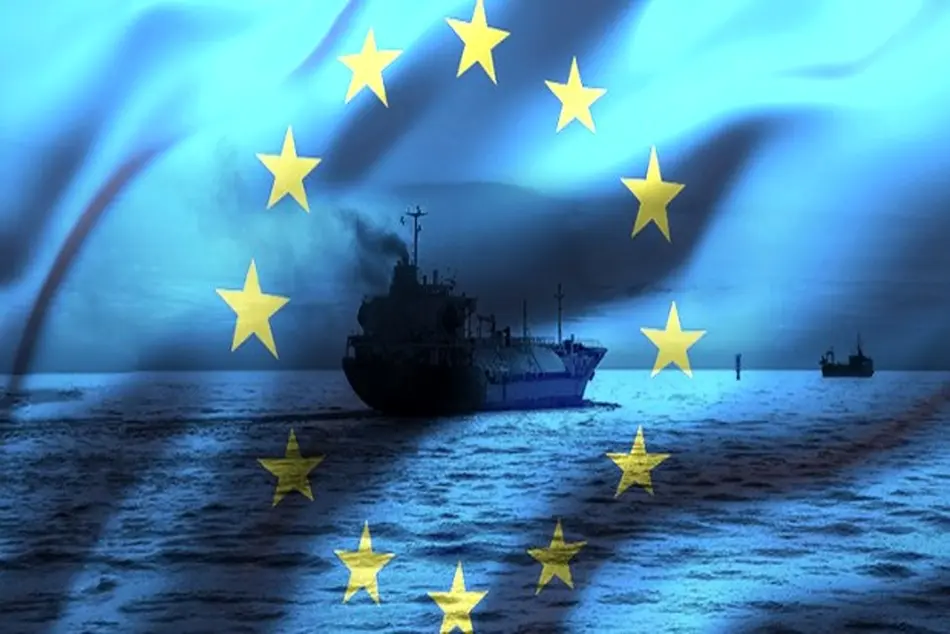EMSA launches MRV system to reduce EU shipping emissions

The European Maritime Safety Agency (EMSA) announced that the THETIS-MRV goes live today, marking the first of several steps in the EU’s efforts to include the maritime transport sector in its overall policy to reduce greenhouse gas emissions.
As explained, the system will enable companies responsible for the operation of large ships using EU ports to report their CO2 emissions, as required by law from 1 January 2018 under the EU’s Monitoring, Reporting and Verification (MRV) Regulation. The move is expected to encourage the uptake of greenhouse gas emission-reduction measures within the maritime sector, as the emissions data will be made public and updated yearly.
In particular, EMSA was tasked to develop a robust system for the monitoring and reporting of verified data on CO2 emissions, annual fuel consumption and other energy efficiency parameters by the European Commission’s Directorate General for Climate Action. A four-year cooperation agreement between the two parties was signed in March 2016 mapping out the delivery of cost-efficient services based on the use of existing infrastructure and supporting arrangements, as well as proven concepts and expertise.
Extending the possibilities of the original THETIS information system, EMSA designed a purpose-built monitoring, reporting and verification system. This THETIS-MRV system enables companies to work together with accredited verifiers to prepare monitoring plans in a voluntary module and, importantly, to release emission reports and documents of compliance to the European Commission and relevant flag state authorities using the mandatory module.
Using the information submitted, the European Commission will publish annual aggregated data per ship covering fuel consumption, CO2 emissions and average energy efficiency indicators, among others.
In order to maximise the impact of the regulation and minimise the administrative burden on shipping companies and operators, the rules apply only to ships above 5000 GT which account for around 55% of ships calling at EU ports and yet represent around 90% of the total share of related emissions. Several consultations took place to ensure that the views of a broad range of technical experts, including NGOs and industry, were taken into account for the development of the system.